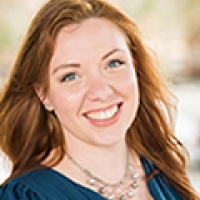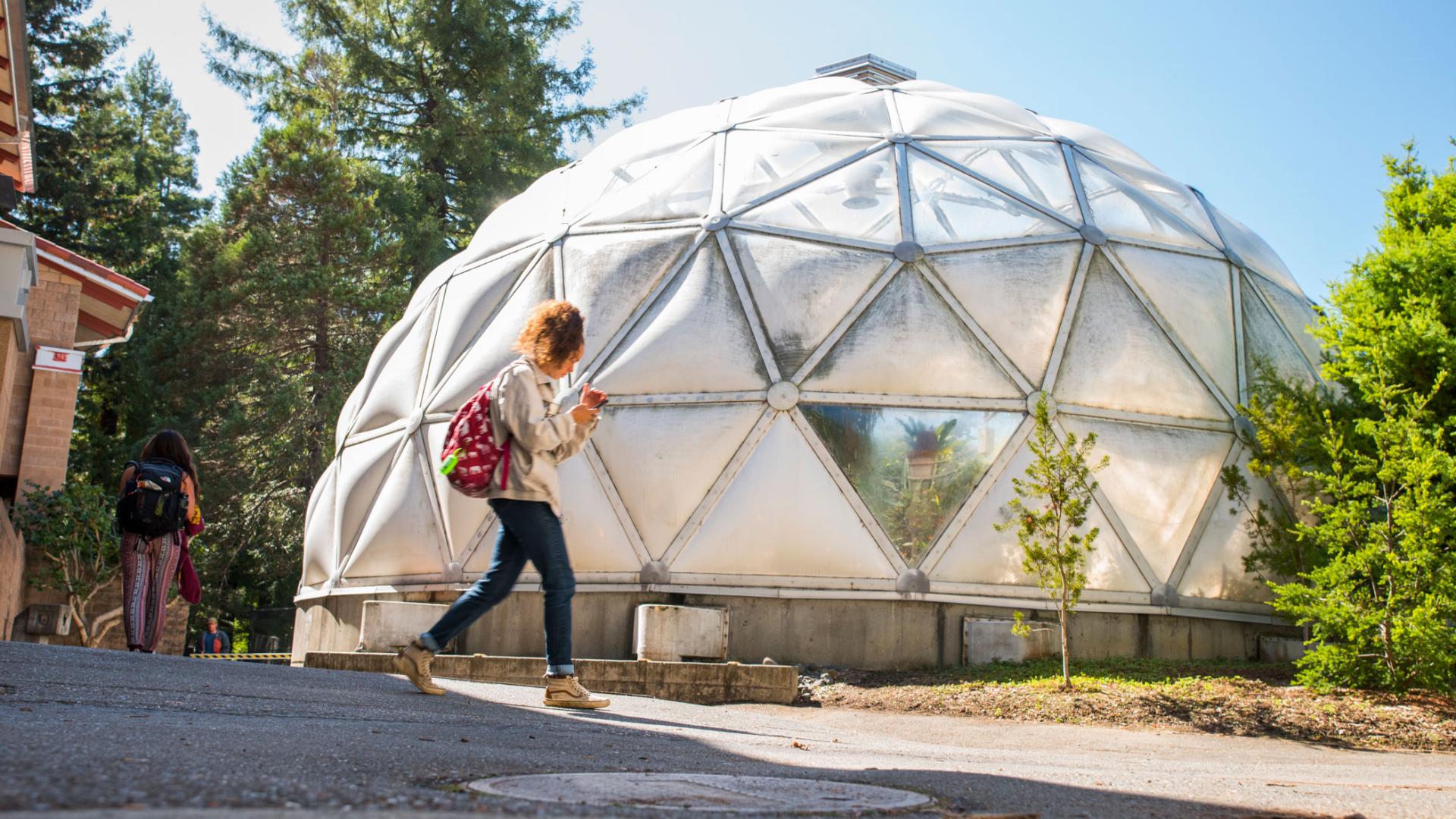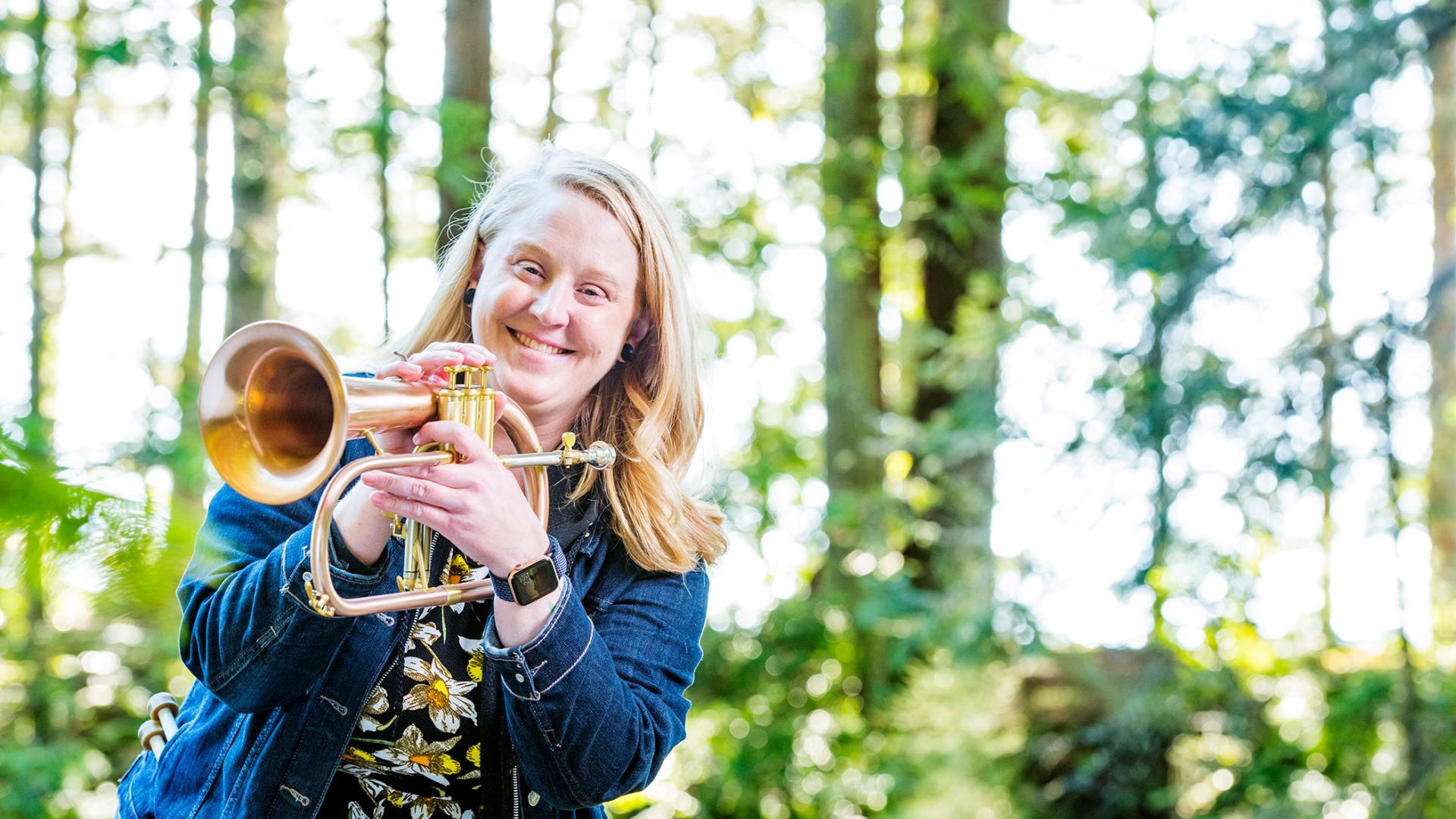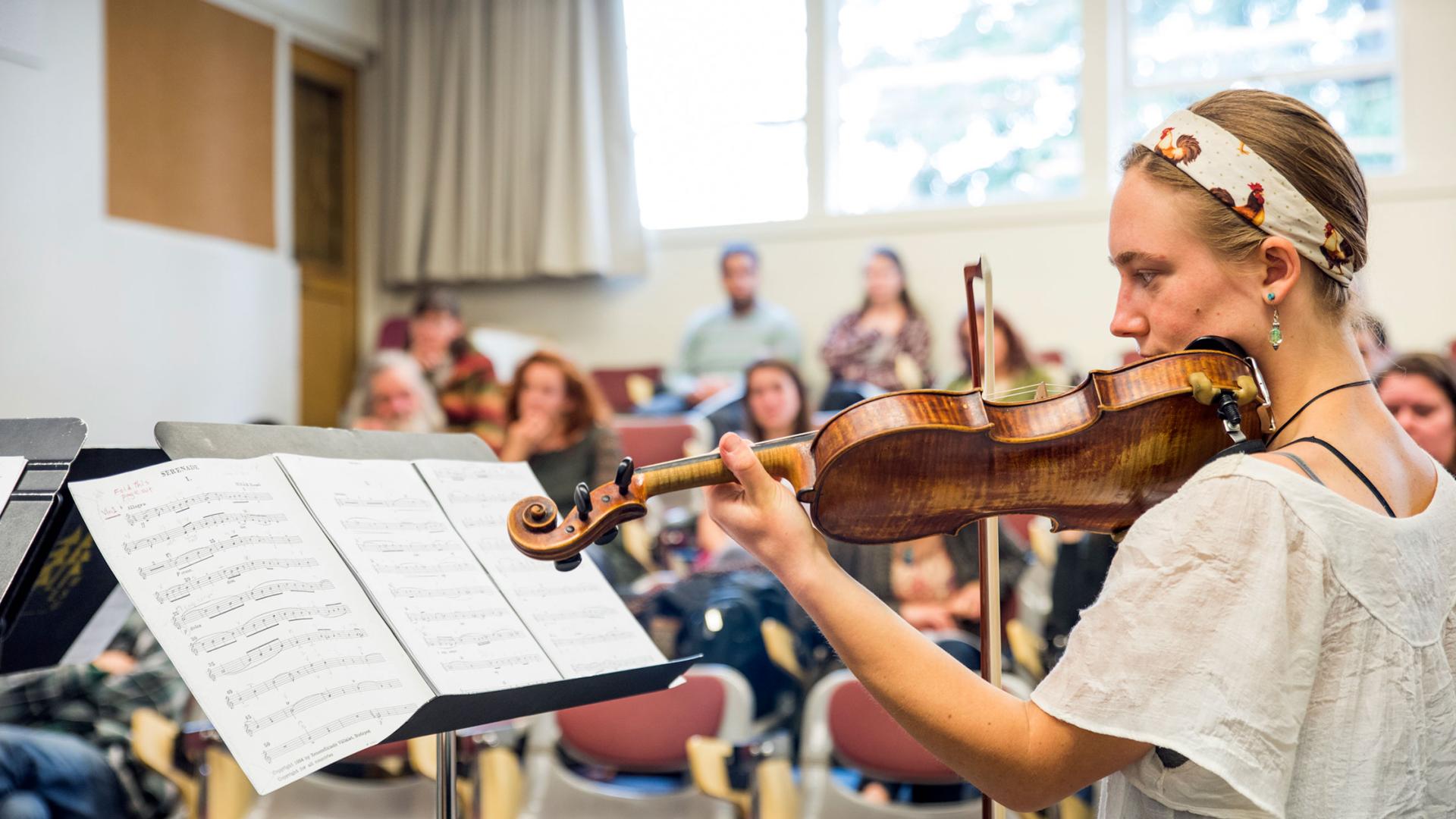Haley DuBois

"Injection of Naked DNA as A Potential Gene Therapy Approach for Muscular Dystrophy"
Host Mentor: Michele Calos, Ph.D.
Stanford University
Muscular dystrophies are a group of degenerative diseases that arise from genetic mutations that cause a loss of function in the corresponding gene products. Of particular interest is Limb Girdle Muscular Dystrophy Type 2B (LGMD2B), which is caused by mutations in the Dysferlin gene (DYSF). Here, we describe a potential gene therapy approach to deliver the healthy, full-length DYSF coding sequence in a safe and long-lasting manner to muscle fibers. We have injected Dysferlin-negative mice with naked DNA designed to knock-in DYSF using φC31 integrase. φC31 is a serine recombinase that mediates site-specific integration by recombining endogenous pseudo attP sites within the mammalian genome with exogenous attB sites that are introduced on a donor therapeutic plasmid. After one delivery with the hydrodynamic limb vein injection method, an average of 20% of muscle fibers expressed DYSF. We will also be testing whether this approach can transfect or stimulate endogenous muscle stem cells. Currently, we are applying this therapy to Dysferlin-null mice. We will also be translating this approach to other mouse models of muscular dystrophy, including Duchene Muscular Dystrophy and Limb Girdle Muscular Dystrophy Type 2D, with an ultimate goal of moving these therapies to the clinic.





